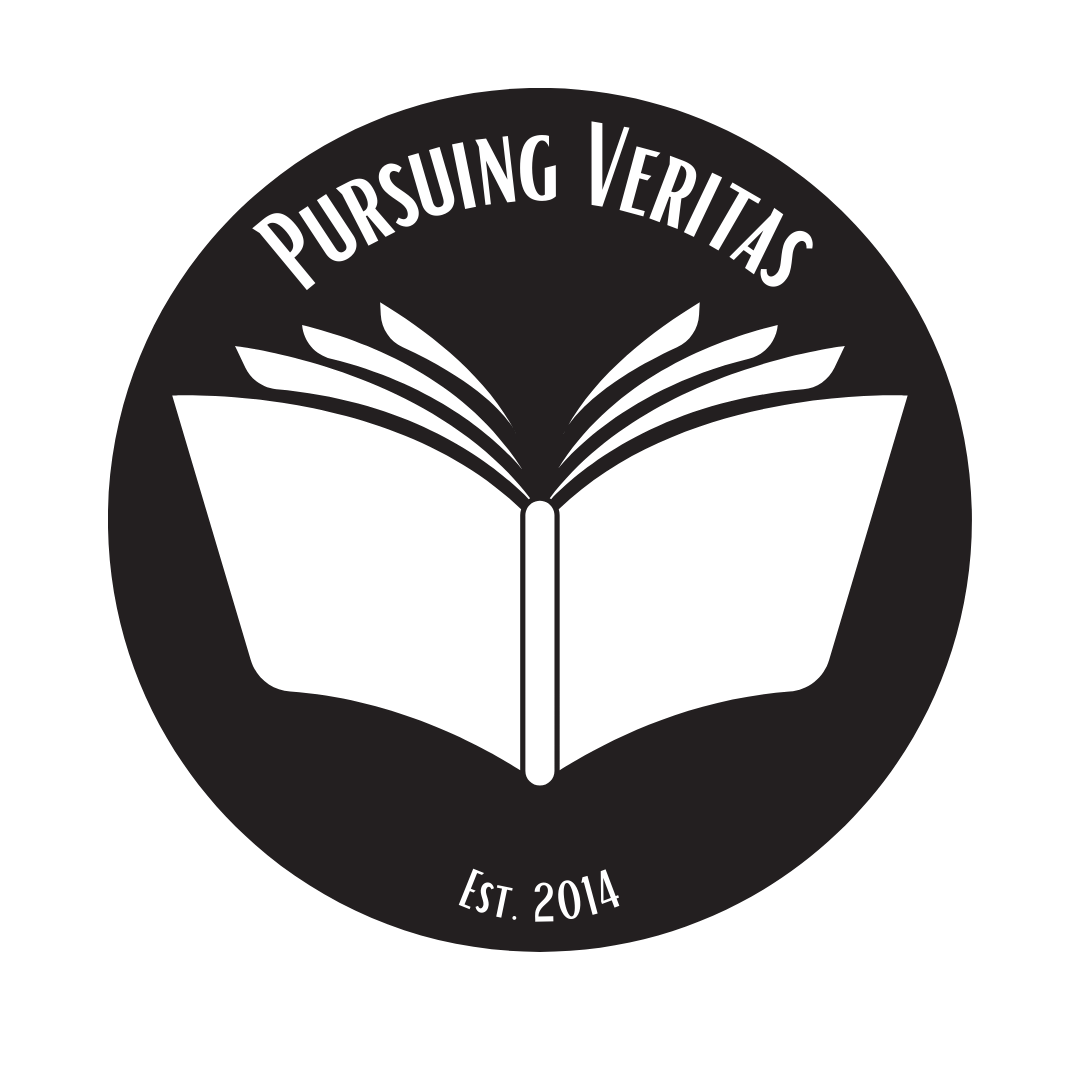The Context, Influence, and Form of the Biblical Text in Patrick of Ireland’s Confessio

Some fifteen hundred years after his death, Saint Patrick of Ireland remains one of the most recognizable representatives of the Christian tradition. Beloved by Catholic, Protestant, Orthodox, and partaker in riotous spring-time drinking alike, Patrick’s epic propagation of the Christian faith to the people of Ireland continues to captivate imaginations and spurn missionary zeal today. Yet despite his popular fame, the historical Patrick remains a figure relatively veiled by the complexities and vicissitudes of history. This is especially true when it comes to consideration of Patrick’s views on scripture. Although it has often been claimed that Patrick was a homo unius libri[1] and that his authentic letters are steeped in the Biblical text, little explicit consideration of Patrick’s scriptural context has been undertaken. This study begins to address this lacuna by examining the context, influence, and form of the Biblical text in Patrick’s Confessio.
In especially Patrician fashion, this Pursuing Veritas series undertakes a threefold study of the great Irish saint. In Part One, I examine the historical Patrick through a review of existing scholarly perspectives and debates. This involves consideration of Patrick’s life, dates, travels, and extant written works, especially the Confessio. In Part Two, I outline Patrick’s scriptural world. Focusing especially on the Confessio, this section examines Patrick’s scriptural context, his approach to scripture, and the use of various Christian sources in the construction of his thought. Part Three engages questions concerning the form of Patrick’s Bible. Through a textual-analysis of the Confessio, Vetus Latina manuscripts, and Vulgate, this section offers an example of the type of text-critical work which must be undertaken in the future to better understand Patrick’s scriptural matrix.

The general perspective of this series argues that a contextualized approach to the historical Patrick requires extensive study of his Biblical text, a project only started in the work of scholars such as Ludwig Bieler and only somewhat continued in my own project. Though historians and textual critics will always desire additional manuscript information, currently available manuscripts and historical data allows for an adequate reconstruction and understanding of the early Irish Christian Bible. Corollary arguments which are advanced throughout this study include the following: First, that there was one historical Patrick who lived in Britain, Ireland, and Gaul until the mid-fifth century. Second, that this Patrick—in good medieval Christian fashion—employed the Biblical text as the central locus of his theological thought. A third corollary that will be revisited is the argument that Patrick had access to several different types of Latin manuscript, not just a Vetus Latina or Vulgate pandect of the Biblical text.
[1] John B. Bury. The Life of St. Patrick and His Place in History. Freeport (NY): Books for Libraries Press, 1971. Reprinted, 2010. 166-7.

Leave a comment